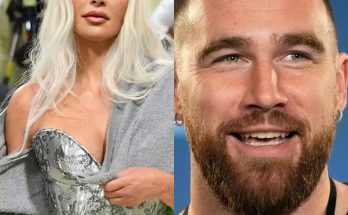The Dog Who Knew Too Much.232

I wasn’t supposed to be on that train. I’d booked the trip at the last minute, after spending the night crying in my car outside my ex’s apartment. I’d promised myself I wouldn’t go back, that I’d be stronger this time—but the pull of memory and habit almost won. I needed space, air, something to lift me out of the swirl of regret and second-guessing.
So I packed a small bag, grabbed the first ticket I could find, and sat down, trying to pretend this was just a regular journey, not a desperate escape. That’s when I saw him.
A golden retriever, sitting upright across from me, like he owned the train. One paw rested casually on the table, his tail draped over the seat, his gaze calm but alert. His owner sipped coffee and












